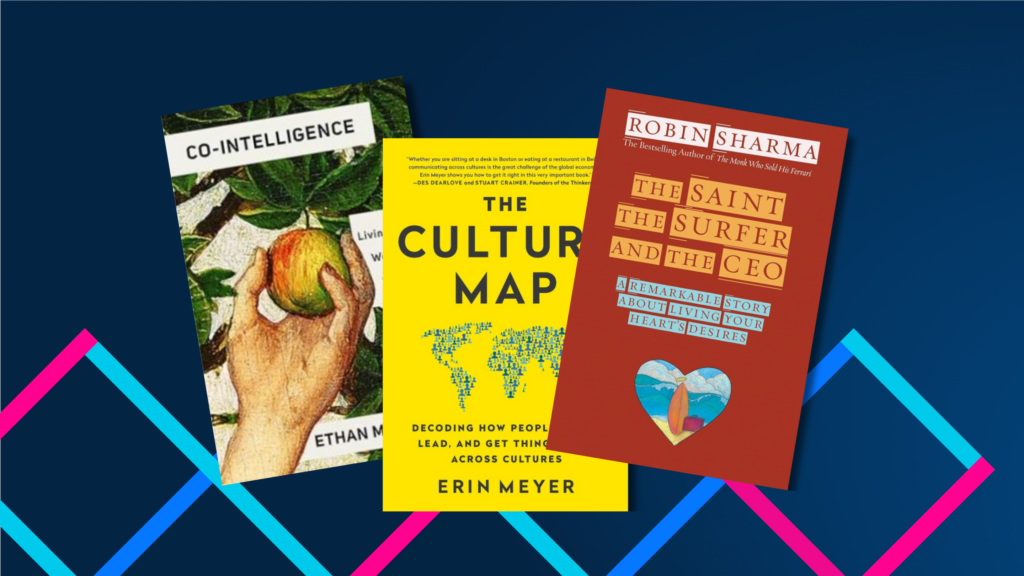In today’s tech-driven world, gaming goes well beyond the hobby it was once considered. With more than 2.7 billion gamers worldwide, the global gaming industry has an estimated value of more than $150 billion and counting. These staggering figures show that this is a booming space that presents tremendous opportunity to businesses worldwide.
And mobile gaming, specifically, is taking off. Smartphone gamers report playing 6.5 times a week on average, more than video game consoles (4.6), handheld consoles (4.0), PC/laptops (4), and tablets (3.9).
To keep a pulse on the state of mobile gaming, we conducted an in-depth research study of over 5,000 mobile gamers between ages 16 and 45. The study was conducted in 2021 in the US, UK, France, Germany, and Australia, and its findings will help you guide informed business decisions based on consumer sentiments in one of the top trending markets in the world.
Modern gamers look for free downloads, even with ads and in-app purchases.
Today’s mobile market is especially dynamic thanks to many different types of “freemium” models that exist for gamers. Freemium options allow players to download and play games for free, but are monetized through ad display and/or in-app purchases as a supplement to the traditional gaming experience.
Of the available freemium download options out there, nearly half of all consumers say these monetization options have no impact on their game selection. For those who are influenced by these choices, they reveal that they’re most likely to try:
- 35% free-to-download games that include ads, but don’t offer in-app purchase options
- 32% free-to-download games without ads that feature in-app purchase options
- 26% free-to-download games that offer both ads and in-app purchase options
Free-to-download games get the most attention – particularly when they implement only one monetization strategy. However, it’s important to note that paid download and subscription games aren’t going anywhere:
- 48% of gamers say they’ve played pay-to-download games within the past 12 months
- 35% say they’ve played subscription-based games within the past 12 months
Subscription-based gamers are especially valuable to businesses, as those who pay for mobile games tend to play more of them than free games due to the monetary investment.
Most players will make in-app purchases, especially in-app currency.
Taking a closer look at freemium gaming trends, we found that a whopping 76% of mobile gamers play games with in-app purchases. Of that group, nearly six in ten say they’ve made in-app purchases—1.9 per week, to be exact.
What kinds of in-app purchases appeal to gamers most? In-app currency tops the list (50%), followed by extra lives or health (39%), and equipment or gear including weapons/enhancements (37%). However, mobile publishers must take care with in-app purchase offers; for one in four consumers, their perception of fairness on a mobile publisher’s monetization offers has a major impact on their decision to purchase or play the game.
This data offers a strong incentive for gaming companies to continue extending enticing offers and build upon them in terms of variety and price point based on consumer preference. In the gaming industry, businesses that can position themselves as being fair and transparent in their revenue models can gain more market share.
There’s more that gaming companies can do with in-game ads.
There are several different types of in-game advertisements, but awareness is generally low amongst gamers:
- 60% rewarded ads, where users watch a video ad or view a static ad to access in-game rewards such as extra lives.
- 58% screen takeover ads, where users watch or view the ad for a certain amount of time before they’re able to skip past it.
- 53% banner ads, where a static ad is placed within the game or on a ticker at the bottom of the screen alongside gameplay.
- 50% playable or interactive ads, which are mini-games within a game, usually containing a link to another app at the end.
- 44% rewarded task ads, where users are asked to complete a task like filling in a survey or providing an opinion to access game rewards
Of consumers that report awareness, 54% like rewarded ads and 50% like rewarded task ads. Each presents a great opportunity for businesses to differentiate themselves through their advertising strategy by offering more well-liked ads such as these.
Streaming and role-playing game options also show major potential.
Compared to downloaded games, mobile gamers show a slightly higher preference for streaming, citing higher-quality games, more variety, and good value for the money. The most popular choice among gamers is Xbox Game Pass Ultimate, followed by Google Stadia, Amazon Luna, GeForce Now, and Vortex. Overall, 36% of consumers see streaming as the future of gaming, which validates future business investments in this area.
In terms of game genres, consumers are frustrated with a lack of compelling role-playing or adventure games, with one in four saying they struggle to find one they’re interested in on the market today. Gaming companies can look to create better-targeted role-playing, adventure, action, strategy, racing simulation, and AR games to help satisfy a demand that isn’t currently being met in that genre.
By checking in directly with consumers on their patterns, preferences, and areas for potential in the gaming sphere, industry players can create go-to-market strategies that connect directly with their target audiences today, tomorrow, and beyond.
Interested in transforming the way your business collects its insights? Contact us today.




